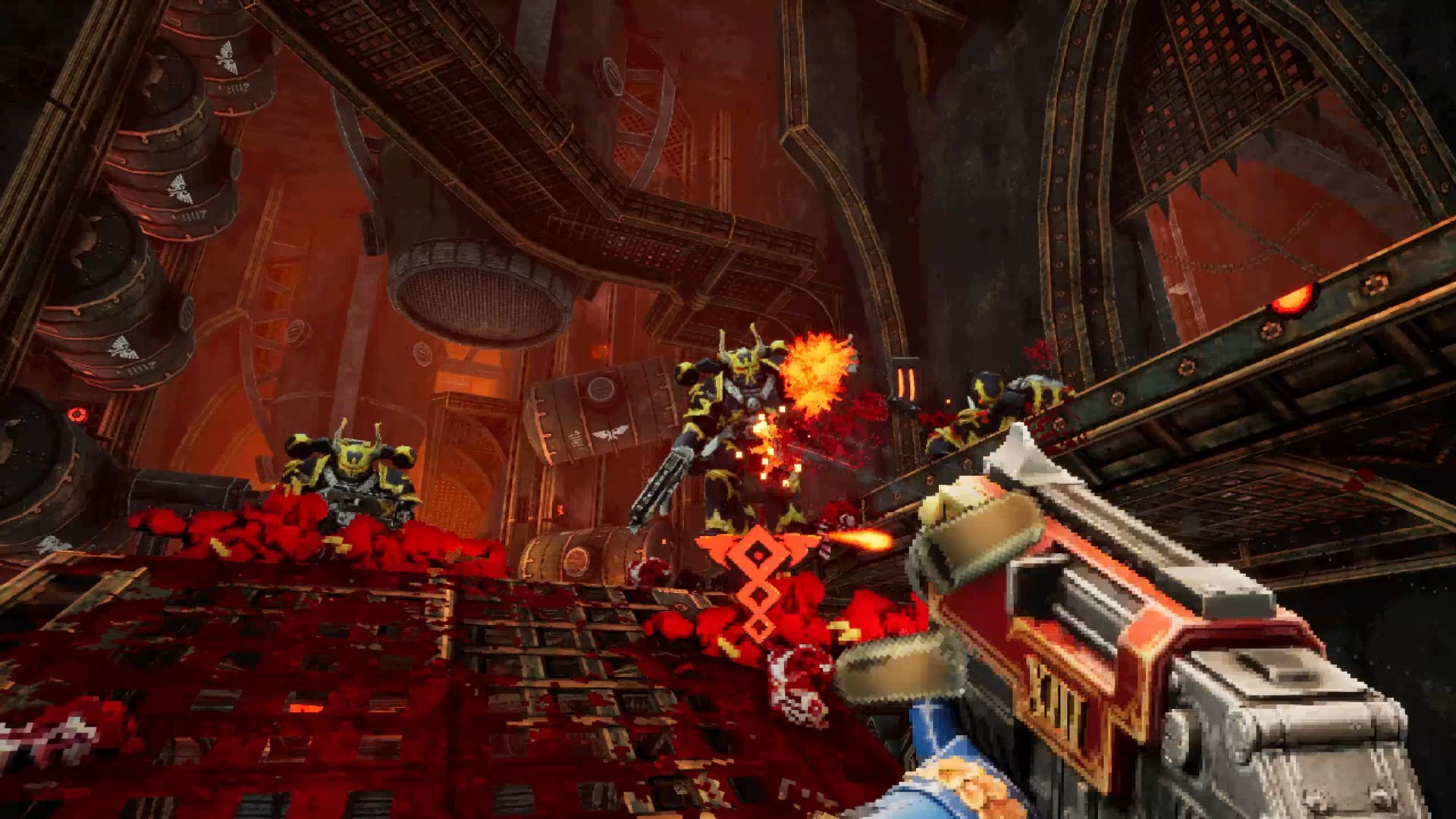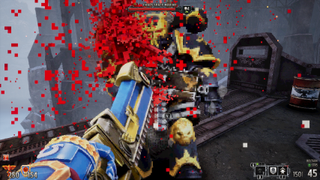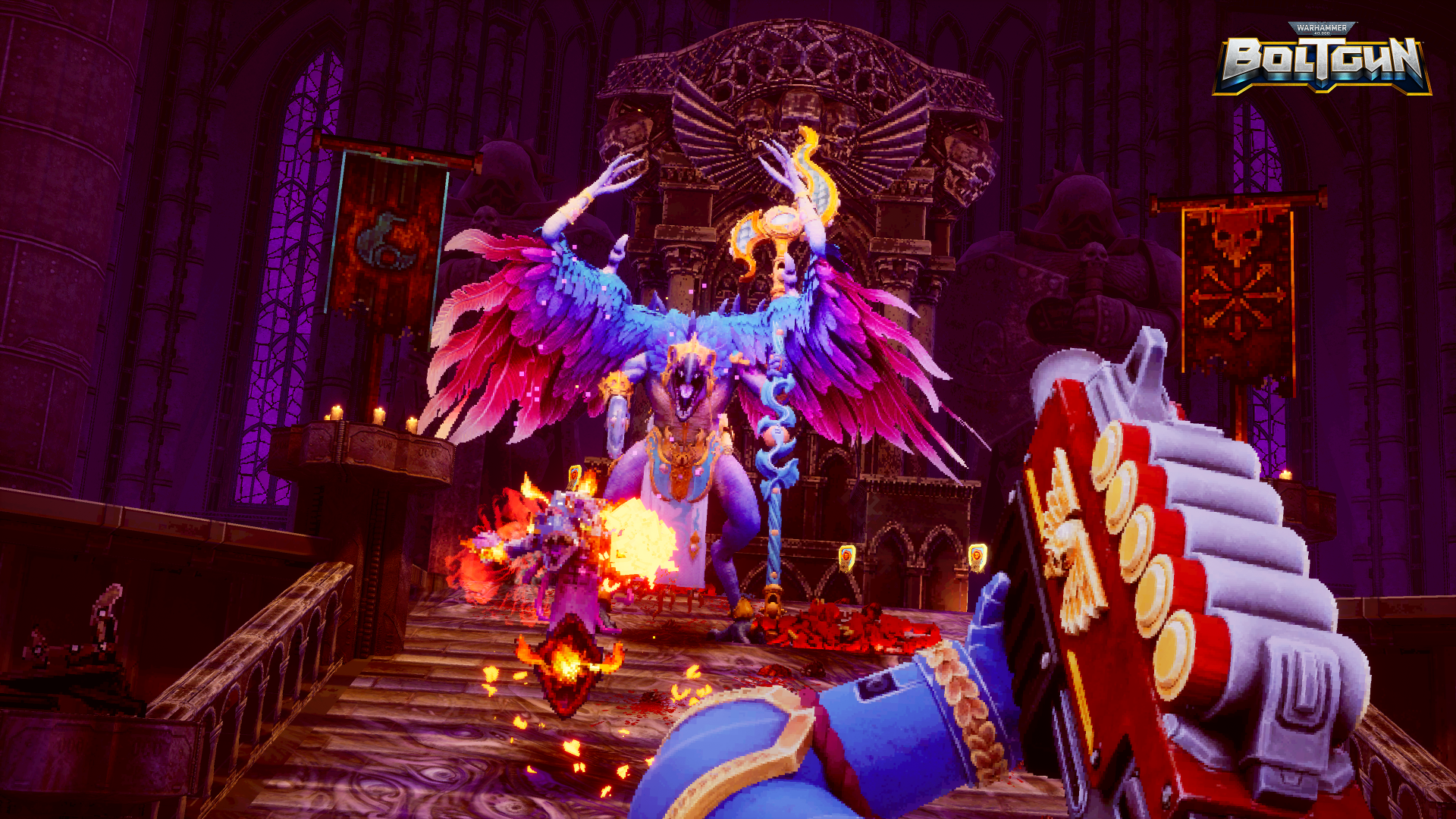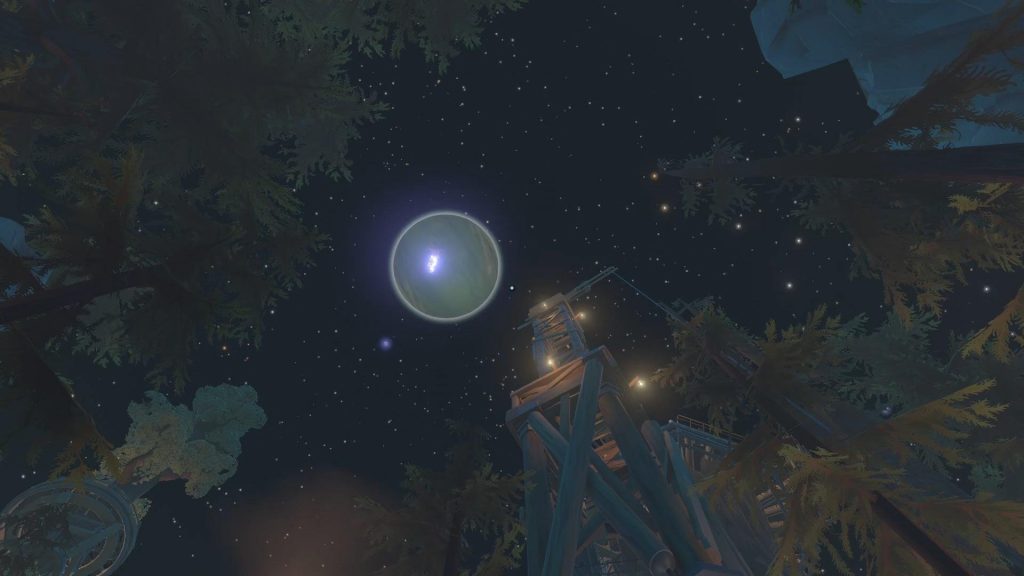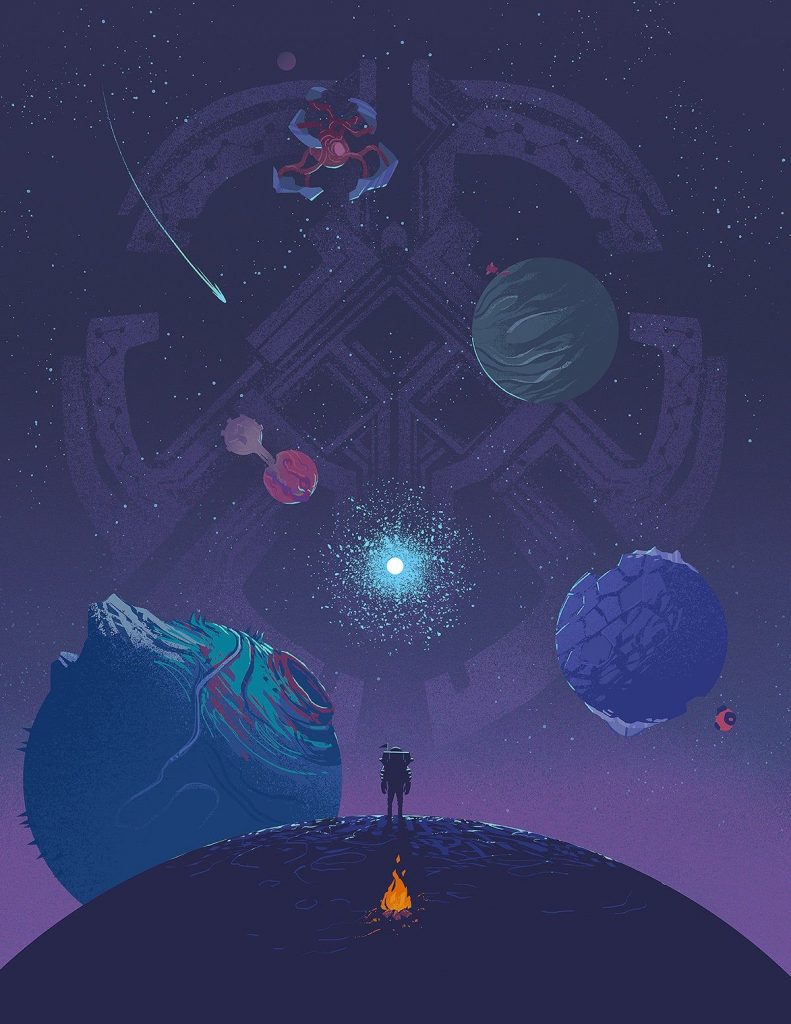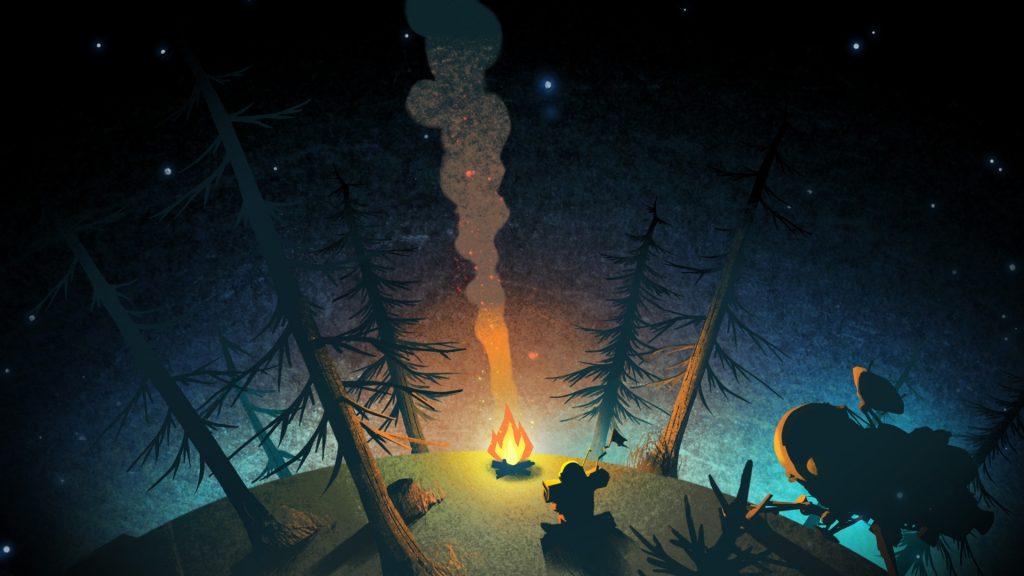40K Forbidden Stars: The best 40k Board game you’ll likely never play
Forbidden Stars, the board game where 2-4 players take control of one of the major armies of Warhammer 40,000 and battle for control of the once-lost Herakon Cluster. Each faction seeks to reclaim lost relics and sites of power that are vital to their survival. Control planets, harvest resources, upgrade your forces and conquer your enemies to ensure victory.
